How to cater for a (smallish) crowd in the age of special diets
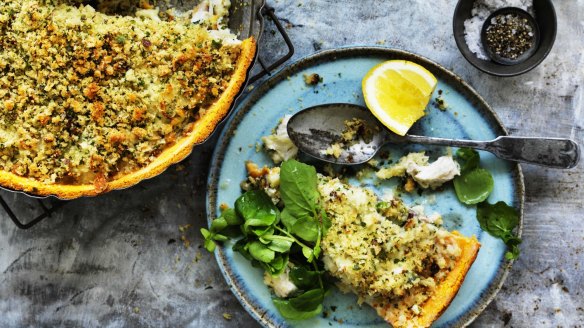
- Three flexible recipes for entertaining for special diets
- Dan Lepard's fish and fennel pie has no pastry, no dairy and no gluten
- A beginners' guide to understanding gluten
Entertaining in Australia was once a simple, if not particularly delicious, affair: a few Jatz and cabanossi in a bowl, followed by some half-burnt sausages and a warm beer or two. At least, that's what the foodie folklore says.
Playing host this summer, however, is likely a more challenging task, with allergies and "dietaries" now common considerations.
Vegan, low-carb and gluten-free diets are more popular than ever, and with them come more complex ways of catering for a crowd.
But if there's a trick to meeting mixed dietary needs, it is to keep your menu as simple as possible, says Queensland author Jo Whitton of food blog Quirky Cooking.
"Don't overthink it," says Whitton, whose cookbook Life-Changing Food includes allergy-friendly recipes that cater to special diets.
It's a matter of focusing on what you can have and then being creative with those ingredients.Jo Whitton, Quirky Cooking
"If you go for the really fresh, good quality ingredients, you don't need to muck around with it a lot."
Stick to the basics
Whitton suggests starting in the outer aisles of the supermarket, where you'll find basic ingredients such as meat, fish, vegetables, fruit, seeds and nuts (if tolerated).
These healthy whole foods are the makings of a great roast or barbecue, and you don't need to complicate them with stuffing, gravies or sauces, which often contain gluten or allergens.
If the building blocks of your dish are excellent quality, no one will even miss the trimmings, Whitton says.
"People have this idea that if it's simple, it's not fancy," she says.
"But there's a lot of flavour in really good ingredients ... you don't need much – just a bit of butter and salt and pepper."
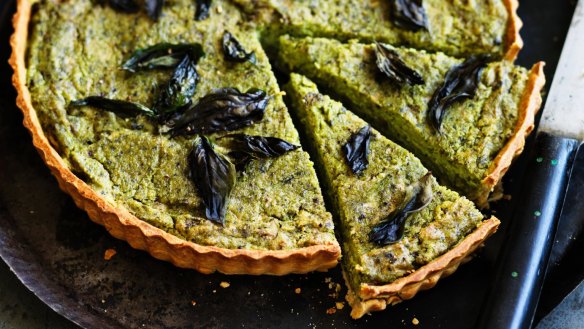
Ask around
Before you go too far down the menu-planning route, take a moment to talk with your guests. They'll have the best idea of what they can and cannot eat, and how to keep their food safe, Whitton says.
People with coeliac disease, for example, obviously need to avoid gluten and any surfaces that may have been exposed to it such as cutlery, crockery and cutting boards (give them a good wash in the dishwasher or in hot, soapy water before use).
But allergies and intolerances can vary widely from person to person, so while some people may be able to tolerate some exposure, others can't be in the same room as specific allergens.
"I would recommend talking to the person who has the allergies and saying, 'What would you like me to do? How can we do this safely?' And they'll have some good ideas," Whitton says.
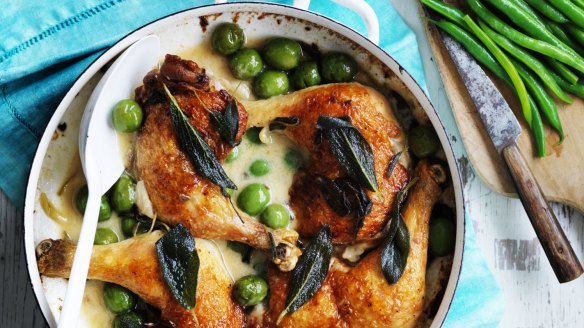
Smart serving
With that in mind, it's a good idea to keep side dishes and ingredients separate where possible. Whitton suggests serving sauces on the side and skipping the elaborate grazing board, instead serving fruit, cheese and nuts on different platters, and keeping gluten-free snacks well away from other food.
Some guests may prefer to avoid the fuss and bring their own food. Or, if it's a potluck dinner, ask everyone to make a little card or sign that lists the ingredients of each dish.
"That way everybody can just decide for themselves what they're OK with," Whitton says. "It's not as embarrassing [and] you can quietly get what you can actually eat without people looking at you."
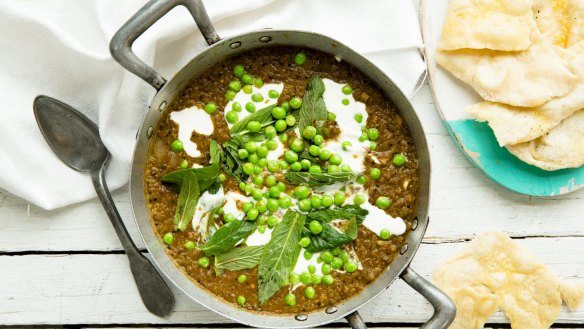
Make an impression
One way to dress up a dish is by using heirloom produce from the farmers' markets or serving a wide range of vegetables, including "special" varieties you wouldn't normally cook with, Whitton says.
Or try different styles of cooking or presentation to make the dish more interesting.
Whitton often glazes vegetables with butter, for example, or scatters salads with seeds, fresh herbs or colourful dried fruit such as cranberries or sour cherries.
If you're a creative cook, adapt recipes you know and love, or experiment with ingredients to come up with your own ideas.
"It's a matter of focusing on what you can have and then being creative with those ingredients," she says.
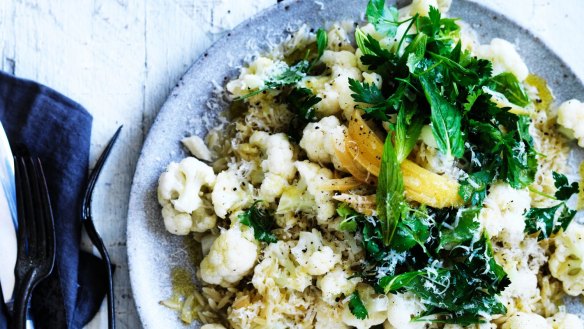
Traps to avoid
If your guest has coeliac disease and you need to avoid gluten, then obviously avoid any wheat flours and starches, but it's also wise to avoid packaged foods and condiments. Unless they are marked as "gluten-free", corn flour, sauces and thickeners may not be safe to include in your menu.
The same goes for allergies and intolerances, as many packaged foods contain hidden ingredients under the guise of "flavourings".
And like anything new, try not to rush, Whitton says. Instead, take the time to plan and prepare – by cooking and freezing sections in advance so you can assemble the dish on the day, or by practising the recipe in advance.
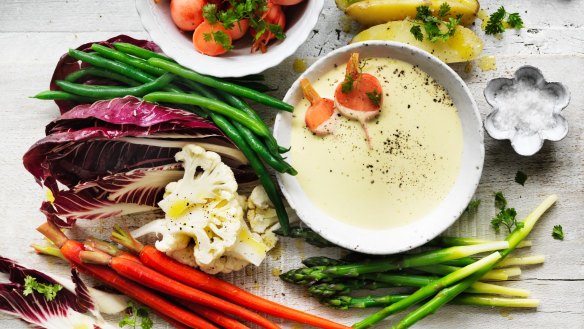
Quick wins
Party snacks such as cheese and crackers often don't suit special diets, but there are plenty of other ideas guests will love, Whitton says.
If they can tolerate nuts, a lovely last-minute idea is to roast some almonds for a few minutes with spices, or honey or maple syrup and salt on an oven tray.
Or a pâté made from bacon, mushroom, butter and chicken livers is a delicious option if they can tolerate dairy and don't mind eating meat.
Otherwise, Whitton recommends serving local preservative-free olives or a plate of fresh fruit before a meal. You could even source some quality nut cheese or make your own fermented cashew cheese to serve with crudites.
Fermented fruit drinks or "shrubs" are easy to buy and make at home, and are a great alternative to sugary soft drinks, too.
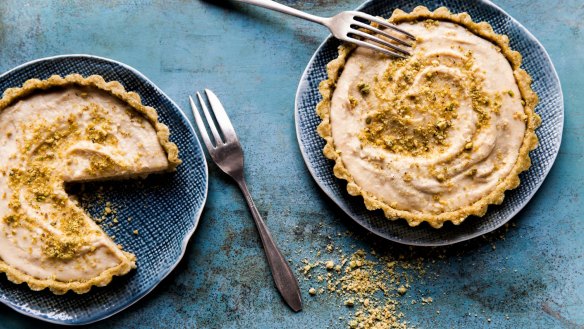
Sweet finish
Making gluten-free cakes and breads is an advanced skill left to more confident cooks, Whitton says. Make sure you follow the ratios properly, and always use a recipe that's proven to work with wheat-free flours.
"Don't try to take grandma's favourite cake and change it to gluten free at the last minute," she says.
An easier option is a simple dessert made from fruit such as a crumble or caramelised peaches, apricots, plums or berries. Even dragon fruit benefits from a little cooking.
"Roasting fruit is probably my addiction now – it just brings out so much flavour in the fruit," Whitton says.
To use up leftover fruit salad, lay it on a tray, drizzle it with honey and sprinkle with vanilla, then roast in the oven for half an hour at 180C fan-forced.
The fruit goes "all sticky and jammy", and is perfect with yoghurt, custard or cream, she says.
